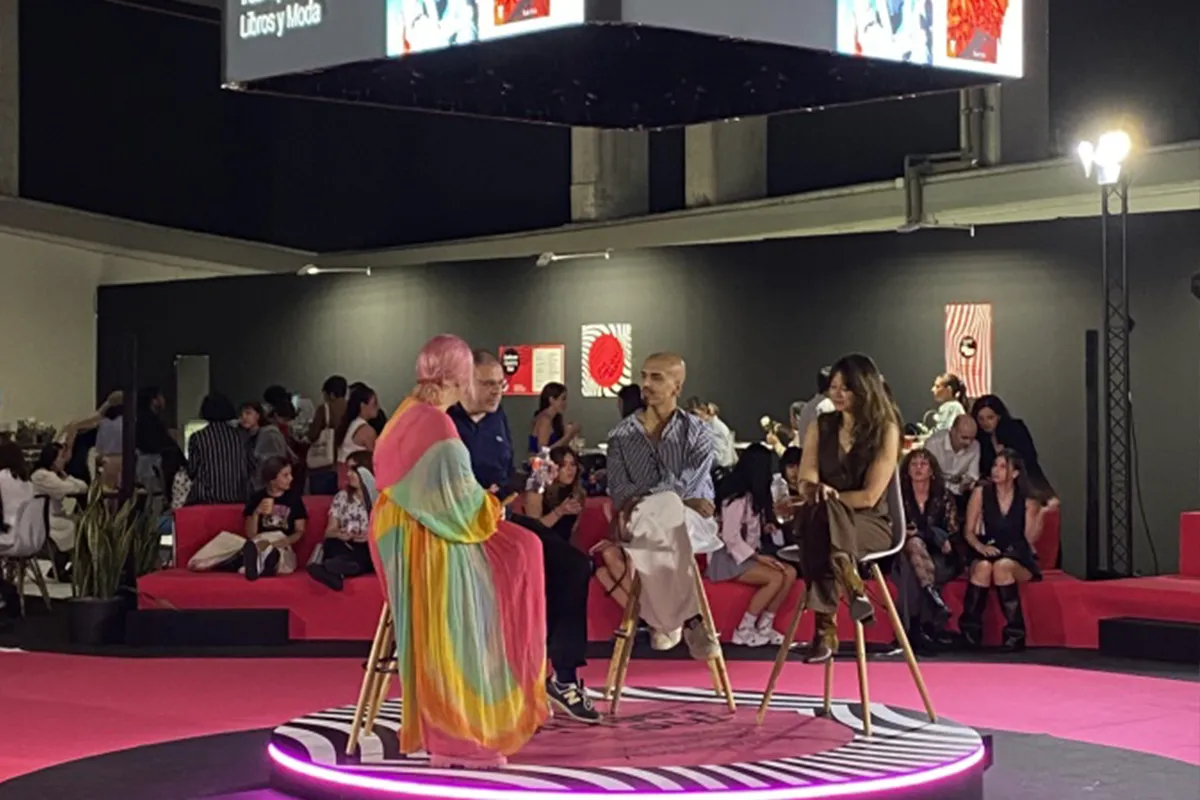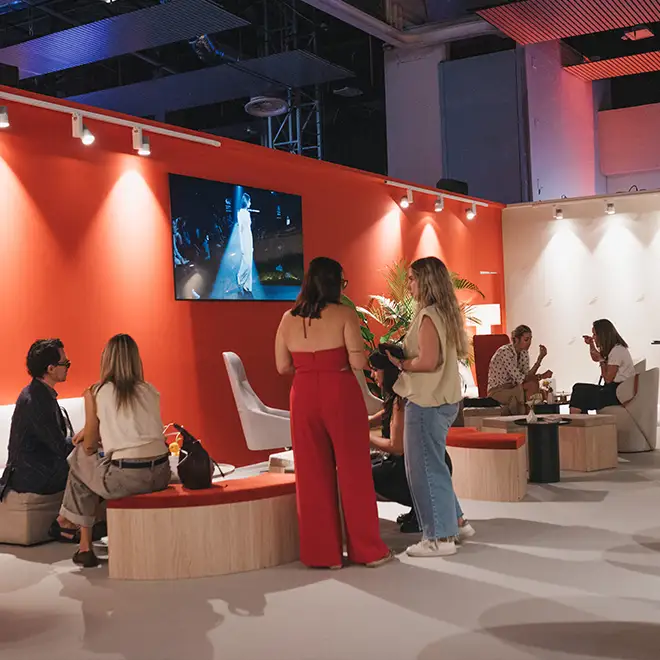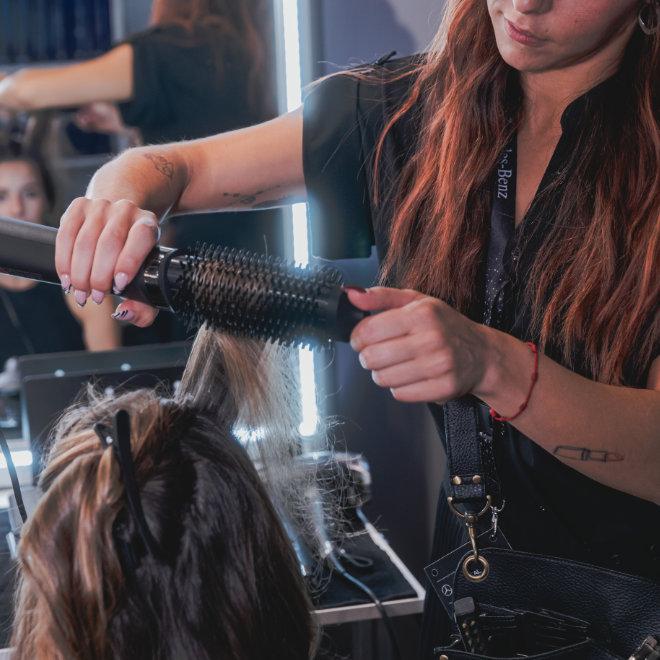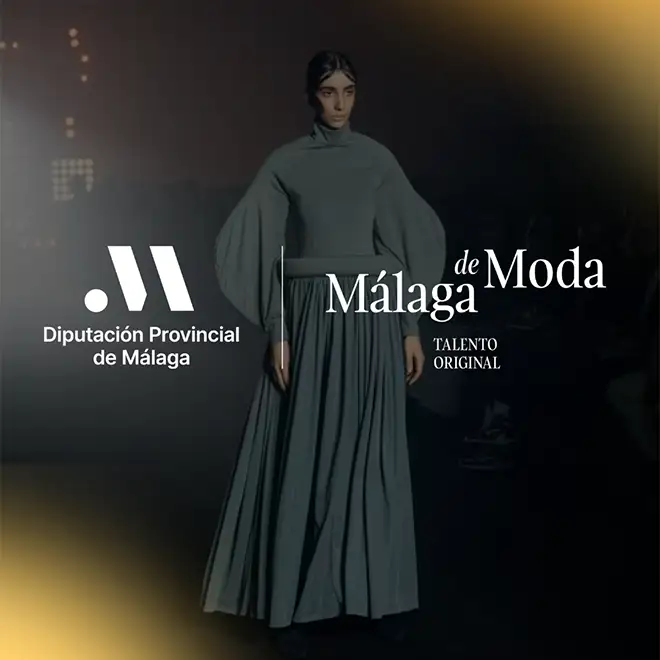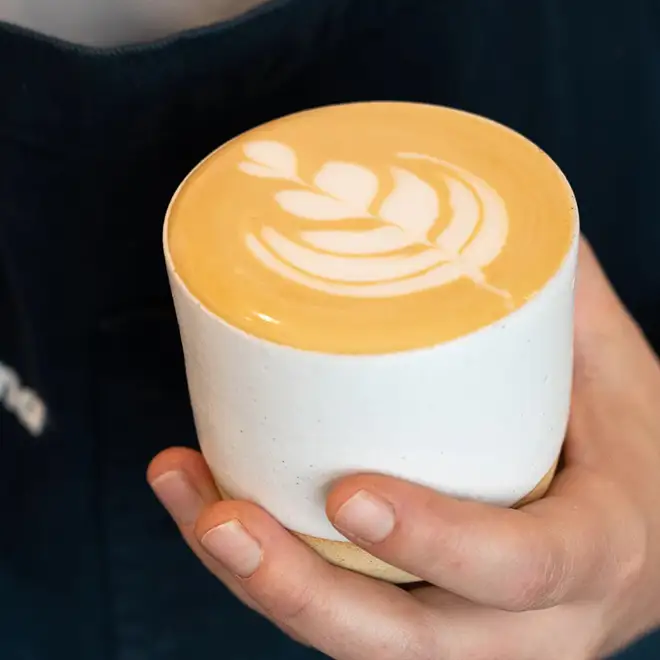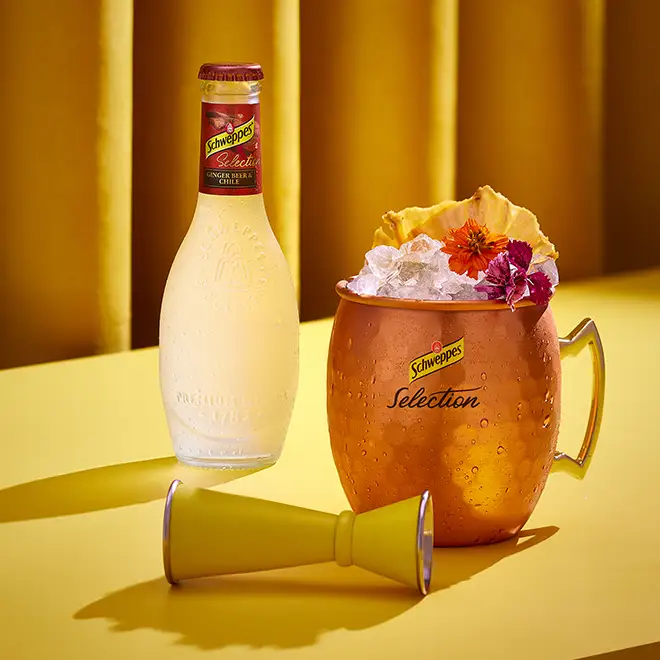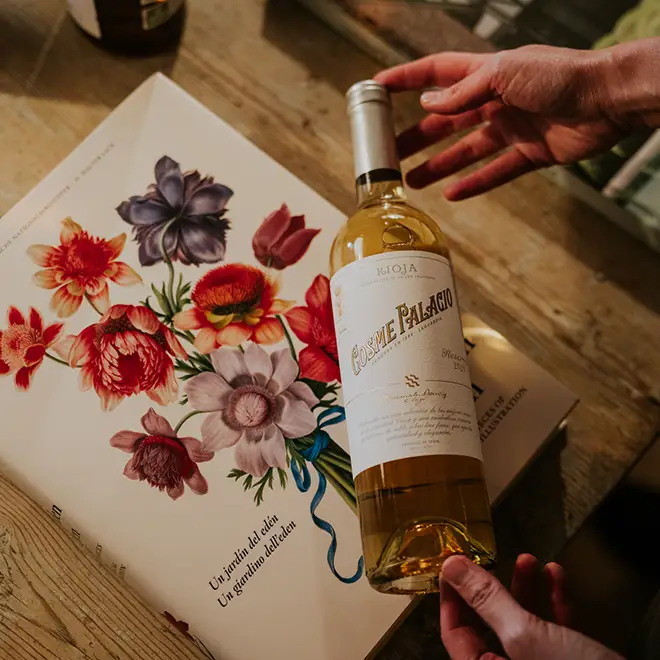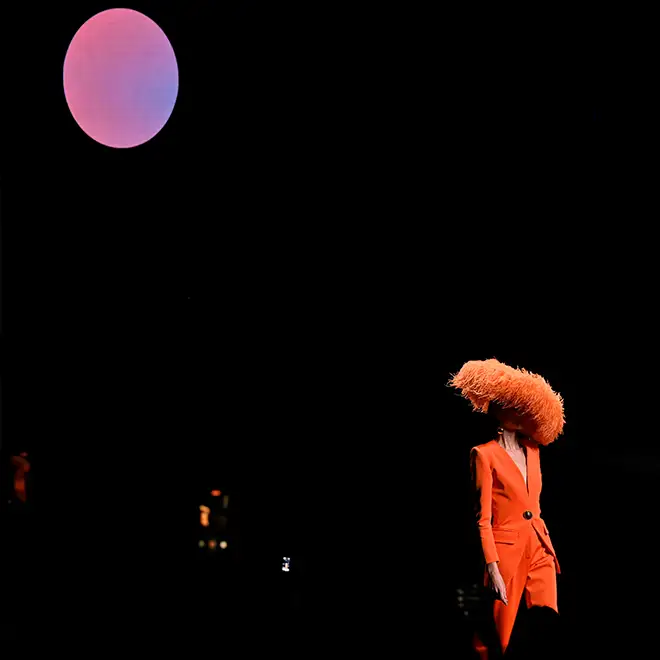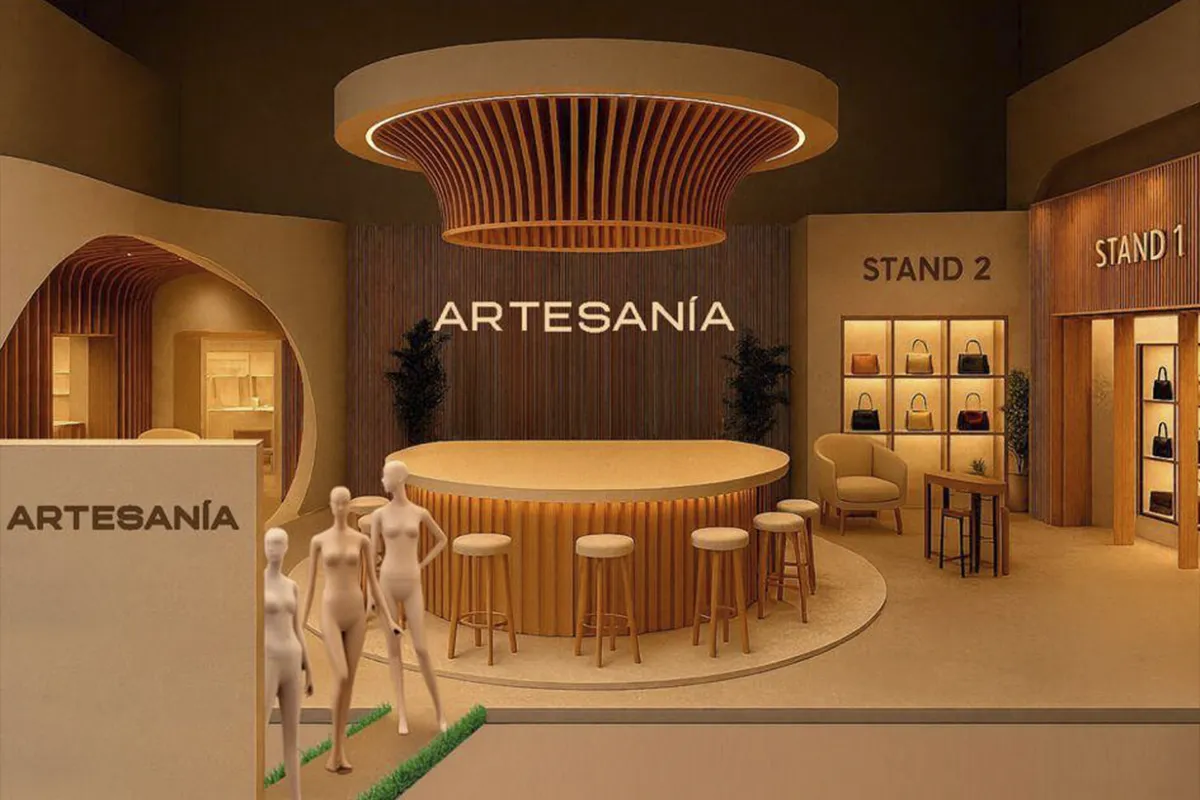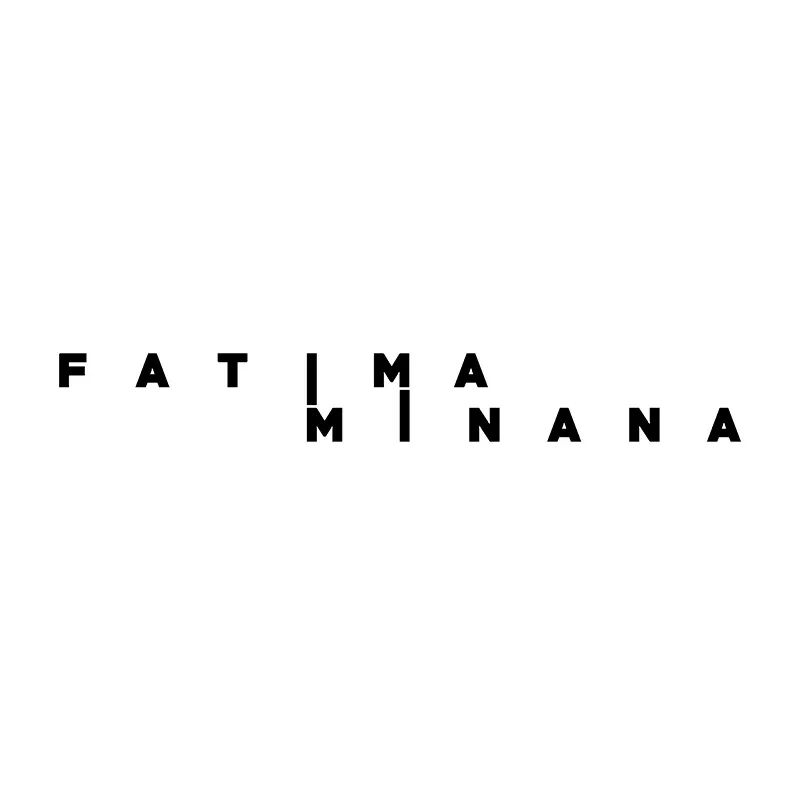SEPTEMBER 18
Press conference: Deputy for Economic Development and Málaga de Moda, Ms. Esperanza González.
Estimated time: 11:45 a.m.
Description: DAVID DELFIN INTERNATIONAL FASHION AWARD FROM MÁLAGA DE MODA.
Workshop 1
Workshop name: CREATIVE WORKSHOP WITH BRAND GIFT
Time: 6:00 p.m. to 7:00 p.m.
Brand: MÁLAGA DE MODA
Description: Design your own creative experience.
SEPTEMBER 19
Workshop 1
Workshop name: CUSTOMIZING TOTE BAGS FOR THE OCCASION
Time: 1:00 p.m. to 2:00 p.m.
Brand: BUMPERS BRAND
Description: Workshop attendees will be able to customize an exclusive TOTE BAG for Mercedes Benz Fashion Week, applying creative techniques and design elements that reflect a unique style.
Workshop 2
Workshop name: CREATIVE WORKSHOP WITH A GIFT FROM THE BRAND
Time: 6:00 p.m. to 7:00 p.m.
Brand: MÁLAGA DE MODA
Description: Design your own creative experience.
SEPTEMBER 20
Workshop 1
Workshop name: KNIT YOUR HEART by TRICOTRÁ
Time: 1:00 p.m. to 2:00 p.m.
Brand: TRICOTRÁ
Description: In this exclusive TRICOTRÁ workshop, participants will discover how to transform a simple heart-shaped loom into a unique fashion item. We will knit with trendy yarns to create appliqués that decorate bags and garments, adding texture, color, and a handmade finish that enhances any runway look. A creative experience where textile art meets contemporary design.
Workshop 2
Workshop name: YOUR ESSENTIAL TALISMAN
Time: 4:30 p.m. to 5:30 p.m.
Brand: ESSENCIAL BY EM
Description: Each participant will intuitively choose a mineral from several options (rose quartz, amethyst, white quartz, tiger's eye, hematite, Saturn onyx, bull's eye, etc.), insert it into a transparent elastic thread—creating the sensation of a stone floating on the skin—and activate their talisman with a brief ritual of intention and positive affirmation.
Workshop 3
Workshop name: THE ARTISANAL PROCESS OF JULIETA BRAND'S GOYESCA JACKET
Time: 6:00 p.m. to 7:00 p.m.
Brand: JULIETA BRAND
Description: Led by Maryam Blanes, founder and creative director of JULIETA BRAND, this workshop invites you to discover the artisanal universe that brings to life one of the brand's most iconic pieces: the Goyesca jacket.





